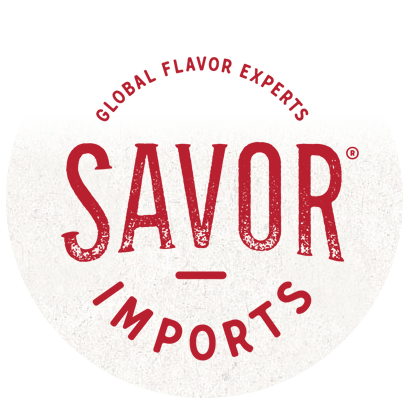January 2022
Logistics Update

Looking ahead in 2022, most experts agree that the pressure on global supply chains will continue—and the light at the end of the tunnel is not to be expected until the second half of the year at the earliest.
The pandemic has exposed the vulnerability of global supply chains—a problem the logistics industry will continue to face this year. A high degree of flexibility and close cooperation between all parties in the supply chain is required to be well prepared to respond to the crisis and, hopefully, to a post-COVID era. Investments in transport infrastructure, such as those being made on a large scale in the United States, are helping to make ports and airports more efficient, while digitalization and automation are important to optimize logistics processes further.
Not to be forgotten, however, is the human factor. The shortage of labor—not only among truck drivers, but throughout the supply chain industry; from administrative roles to dock workers—shows that efforts are still needed to maintain logistics supply chains. Restructuring supply chains to make them sustainable is yet another challenge.
There remains much work to do for the logistics sector, which has certainly proven its ability to provide flexible and creative solutions.
